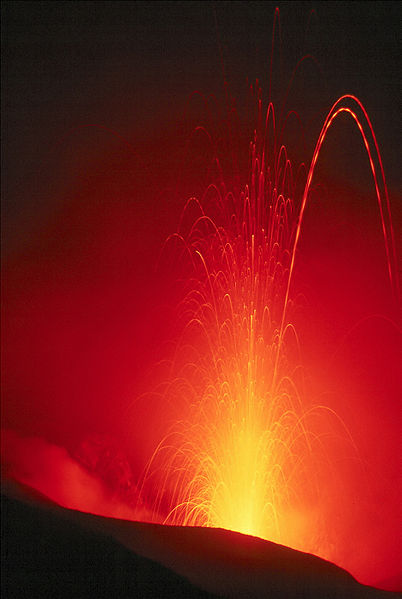
Could a mysterious coating on the Parthenon have come from outer space? Don't worry, I'm not about to tell you about some crazy theory of alien technology coming to Earth. Instead it's a possible solution to a problem that has stumped scholars of ancient Greek temples for a couple of centuries.
Last week I wrote about how researchers have detected the first traces of pigment on sculptures from the Parthenon in Athens. For the ancient Greeks, the temple would likely have been not plain marble, but a veritable explosion of red, white, blue and gold.
Since the 19th century however, archaeologists have been arguing about the significance of an orange-brown coating on the temple's stone (much of which has since been cleaned off). Similar colouring is also seen on other ancient temples in the Mediterranean region. Was this simply the result of natural weathering? Or had the Greeks used some kind of varnish to tone down the bright white of the stone, making the buildings a little easier on the eye in bright sunlight (the Greeks didn't have the benefit of polarising sunglasses after all).
Ian Jenkins, senior curator at the British Museum in London, with responsibility for the Parthenon sculptures that are held there, says the coating seems to have been applied once, rather than building up gradually over time. The coating itself has been subject to some weathering, and where it has been damaged in the past it doesn't seem to form again.
This has been used to support the idea that the colouring was applied by the Greeks, but Jenkins has an intriguing alternative theory. The coating must be due to a one-off event in antiquity, he says, that happened after the temple was constructed in the 5th century BC. But that doesn't mean it was man-made.
Jenkins points out that oxalate minerals found in the coating suggest a biological origin, and he believes the event in question occurred in 536 AD, during what has become known as a "year without summer". Historical records say that during this year, dust filled the air and "the sun gave no more light than the moon". Crops failed to grow, and cattle died on their feet. Evidence of this awful time can still be seen today in tree rings from ancient timbers - the growth ring for 536 AD is extremely small.
Climate disruption continued for the rest of the century. Jenkins argues that during these darker, more humid conditions, microbes could have grown rampant on the surface of the stone, leaving behind the orange-brown coating as they decomposed.
The debate about what blocked out the sun is ongoing. In February 2008, Lars Berg Larsen of the University of Copenhagen and colleagues reported a big spike of sulphate in ice cores from both Greenland and Antarctica, that was laid down around 536 AD. This suggests much of the planet was covered in an acidic dust veil, which they concluded was due to gigantic volcanic eruption.
But in January 2009, Dallas Abbott of Columbia University's Lamont-Doherty Earth Observatory in New York and colleagues reported that they had found tiny balls of condensed rock vapour inside Greenland ice cores dating back to early 536 AD. They reckon these come from terrestrial debris ejected into the atmosphere when a comet (probably in several pieces) smashed into the Earth.
I don't know if Jenkins is right or not about the temple coatings - if anyone knows any more about this please let me know. Either way, to leave its mark all the way from the north pole to the south, this must have been one hell of a disaster.